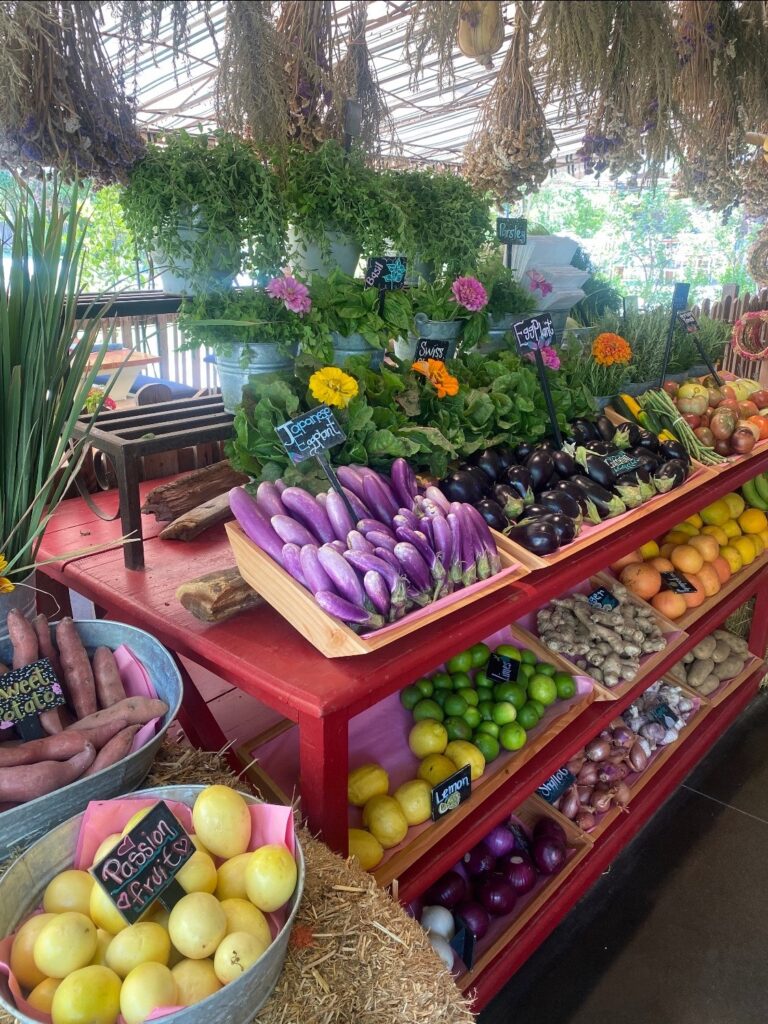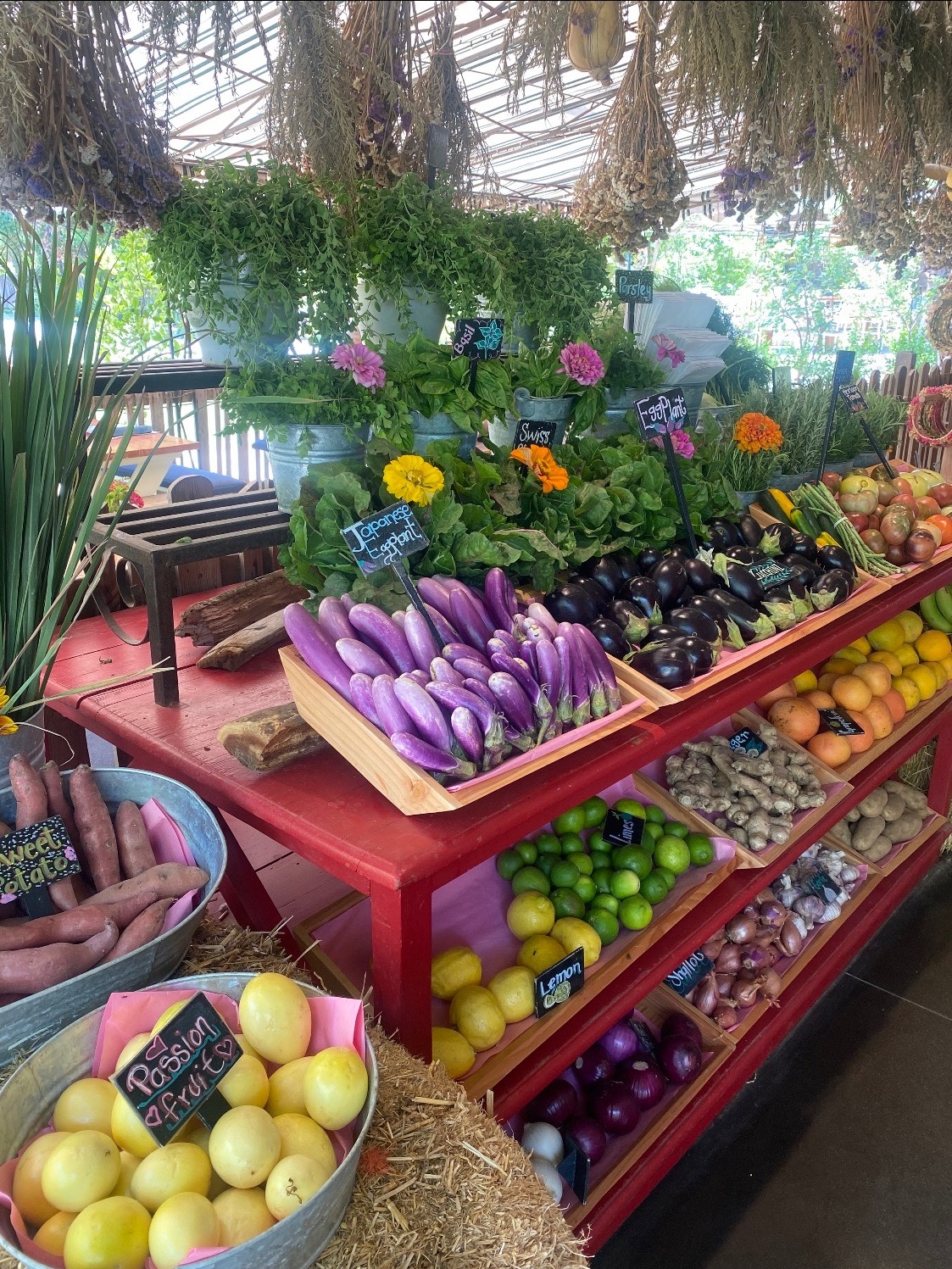
Ball Out on a Budget Series 8- Clean Up on Aisle 12!
Welcome back to Ball Out on a Budget- the series where we tell you how to enjoy the finer things in life without breaking the bank. Today is a simple, but necessary topic to discuss: grocery shopping. It is something we all have to do with varying degrees of excitement. Personally, I love going to the grocery. I love walking the aisles, choosing my meals for the week, etc. but this isn’t about me, and a lot of people do not share my viewpoint. I’m probably in the minority now with how easy it is to DoorDash, Instacart, etc, but call my old fashioned, because I like to grocery shop, and save some hard earned cash by doing it myself.
If you don’t share my enthusiasm for grocery shopping, then you may be wondering how this is a “ball out” topic. Well, in order to ball out in other areas of your life, you gotta cut back somewhere, and if limiting your grocery list allows you to order that filet mignon on Saturday night, then guess what? Groceries are impacting your ability to ball out, so listen up…
With the cost of food rising 11.4% in 2022, it’s hard to imagine there are money saving tricks because we all have to eat, but that’s why you have us!
Grocery tips:
Build a list. You will save both time and money if you go into the grocery store with a focused list. Not only will this help you make healthier purchases by not getting distracted by superfluous treats, it will also help eliminate food waste. If you plan out your meals and ingredients, you will have a more realistic plan of what you can feasibly eat in a week.
Shop the sales! One of the biggest keys to saving money at the grocery is to shop the sales. Most major grocery stores have apps where you can see what is on sale before you even get to the grocery! While you’re making your grocery list, look at the app to determine your protein. That will be the focal point of your meal and the main chunk of your budget as the protein is usually the item that drives up your bill the most. Once you select your protein(s), you can meal plan around that. Continue to peruse for coupons and build your list off of the items you find.
Shop on Wednesdays. Majority of grocery stores start their new sales week on Wednesdays, so you will be the first to shop all of the recent deals, ensuring you get the best product selection, and you may also be able to take advantage of the week prior’s deals, as well. It is also less busy, and limiting exposure to hectic grocery store parking lots and long checkout lines is always a win in our book.
Shop in season! Not only will your produce taste better, but it will also be cheaper! Some studies say you can save as much as 50% on your grocery bill by shopping seasonal foods. You can easily search a list of in-season produce. Here is one for October/November (basically all of the fun fall flavors your body immediately starts craving when you put your first scarf of the season around your neck):
Pumpkin
Butternut squash
Mushrooms
Beets
Pears
Apples
Pomegranates
Kale
Brussels sprouts
Use your freezer! Not only can the freezer section be a big money saver, it can also be the best for avoiding food waste, especially if you are only cooking for 1 – 2 people. A lot of items in the frozen section, especially fruits and vegetables, are frozen during peak season, so you are getting great quality of flavor, while also saving money. Reversing the process, taking something fresh and freezing it, is a great way to extend the life of your produce and proteins. Bulk buying items like ground turkey, chicken breast, fruits, and vegetables while they are on sale and then freezing them once you get home is a great way to save money. Another big one? Herbs! Herbs can go from green to brown within a couple days of purchase. So when that recipe calls for 1 tablespoon of chopped basil and you have to buy the whole bunch? Chop it all up, use what you need immediately, and freeze the rest in ice cube trays with a little bit of olive oil. That way, you have fresh basil to thaw whenever you need it, and you didn’t waste the rest of the bunch.
Organic vs. Nonorganic. While this is a hot topic for many people, shopping organic is approximately 21% more expensive than nonorganic. We aren’t here to fight you on health benefits of one over the other, that’s a whole different subject that we quite honestly will not touch. What we can tell you is that these are the list of items that the Environmental Working Group (EWG) recommends you buy organic.
This list is commonly known as The Dirty Dozen:
Strawberries
Spinach
Kale, Collards, Mustard Greens
Nectarines
Apples
Grapes
Bell Peppers. Chili Peppers
Cherries
Peaches
Pears
Blueberries
Green Beans
In reverse, this is The Clean List (EWG says you don’t need to buy organic):
Avocados
Corn
Pineapple
Onions
Papaya
Frozen sweet peas
Asparagus
Honeydew melon
Kiwi
Cabbage
Mushrooms
Carrots
Mangoes
Watermelon
Sweet potatoes
Bring your own bags. Not much else to say here. Some stores charge for bags, so bring your own. Might just be a few cents, but it’s an unnecessary addition to your bill.
A restaurant meal is about 325% more expensive than a meal you can make at home. Avoid the temptation of leaning on take-out/delivery or winging it at the grocery. Get in touch with your type A side- make a plan, create a list, and watch your grocery bills drop!






